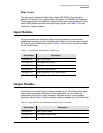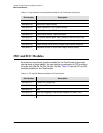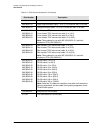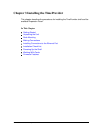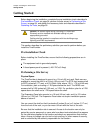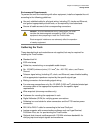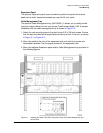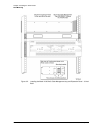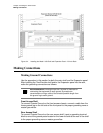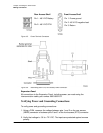
097-58001-02 Revision G – April 2008 TimeProvider User’s Guide 55
Chapter 3 Installing the TimeProvider
Getting Started
Environmental Requirements
To prevent the unit from interfering with other equipment, install and operate the unit
according to the following guidelines:
Use only shielded cable for all signal wiring, including I/O, clocks and Ethernet,
and ground appropriately at both ends, or as required by local standards.
Secure all cable screws to their corresponding connectors.
Gathering the Tools
These standard tools and materials are not supplied, but may be required for
installing the TimeProvider:
Standard tool kit
ESD wrist strap
Cable ties, waxed string or acceptable cable clamps
No. 16 AWG (minimum) wire (1.31 mm
2
) for –48 V DC, return, and Frame
Ground
Telecom signal wiring (including I/O, clock, and Ethernet) uses shielded cabling
of the appropriate impedance required by the specific signal type
Mating connectors for terminating signal wiring
For wire-wrap connections only: No. 22 AWG (0.326 mm
2
) shielded twisted pair
wire-wrap cable of the appropriate impedance for the specific signal
requirements
Wire-wrap tool (wire-wrap modules only)
Fasteners for mounting the equipment in rack
Digital Voltmeter (DVM) for verifying power connections
Soldering iron and solder for alarm connectors and the ETSI-version power
connectors
DB-9 M to DB-9 F cable for connecting to the local Craft port
Laptop computer with communications software such as HyperTerminal,
ProComm Plus, etc. for provisioning the TimeProvider
Optional dual-channel oscilloscope with 100 MHz minimum bandwidth for
verifying input and output signals and waveforms
Caution: To avoid interference to the TimeProvider, you must
consider the electromagnetic compatibility (EMC) of nearby
equipment when preparing to install the TimeProvider.
Electromagnetic interference can adversely affect the operation
of nearby equipment.



